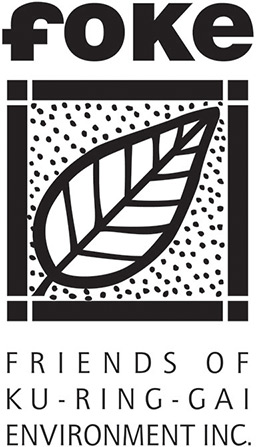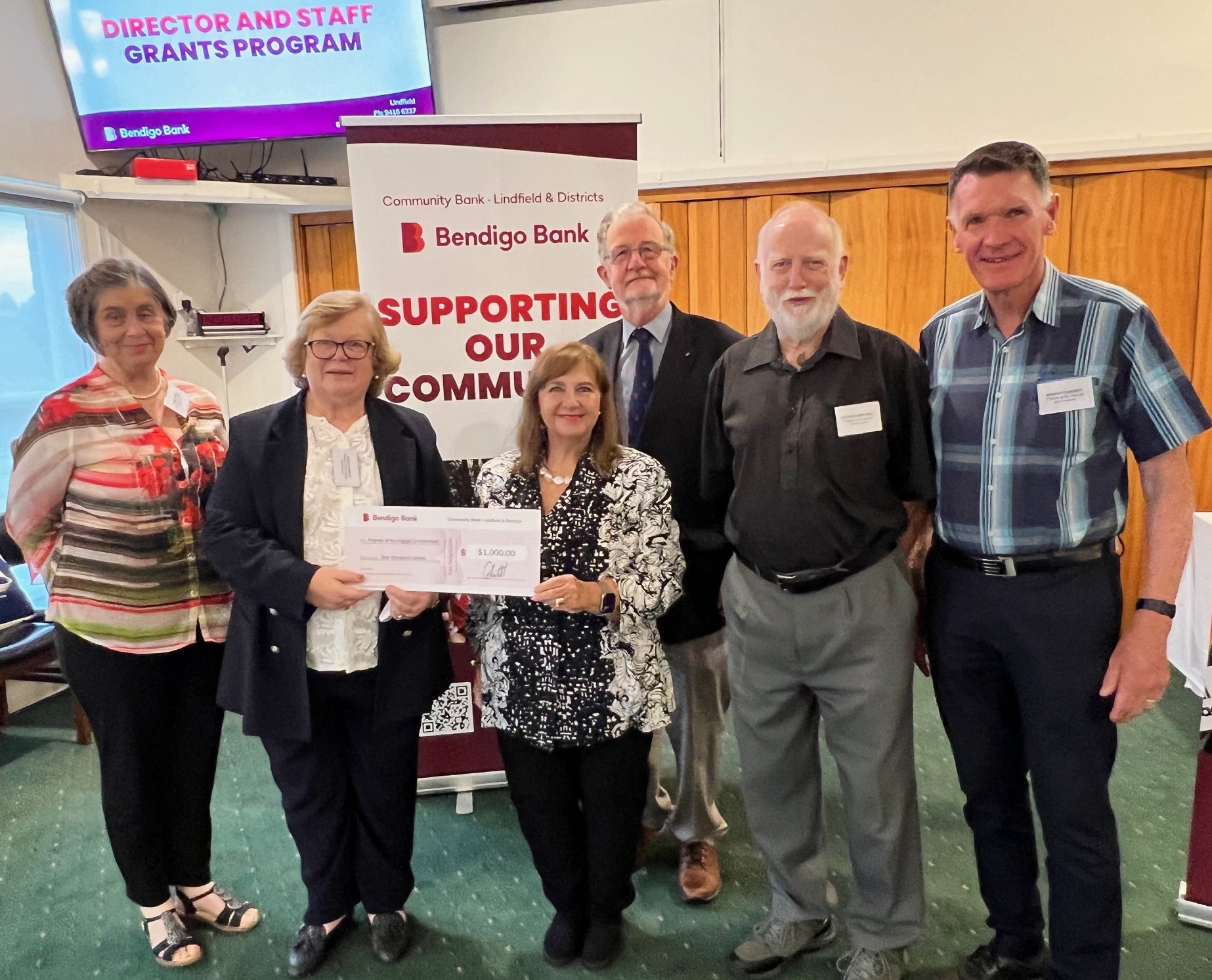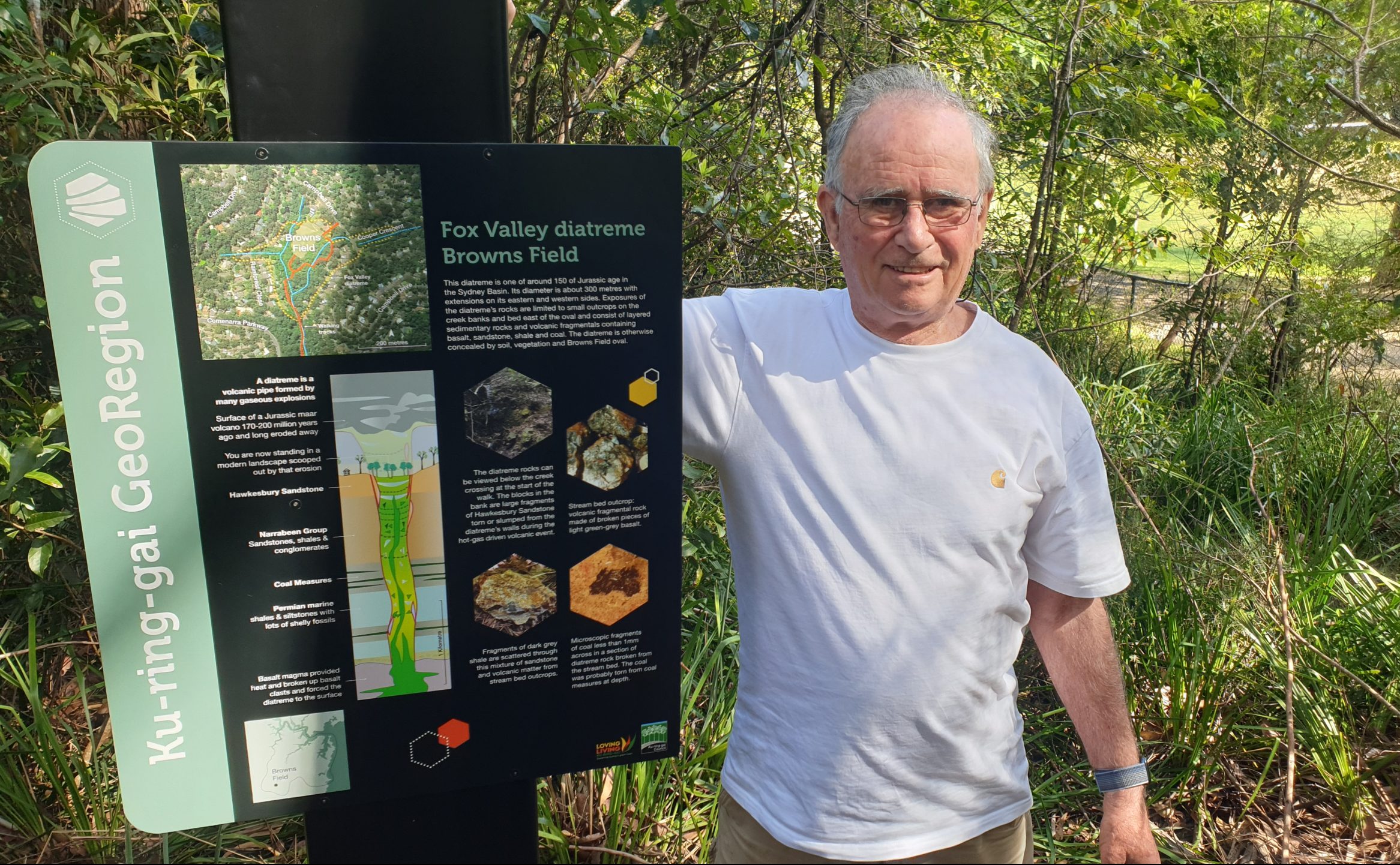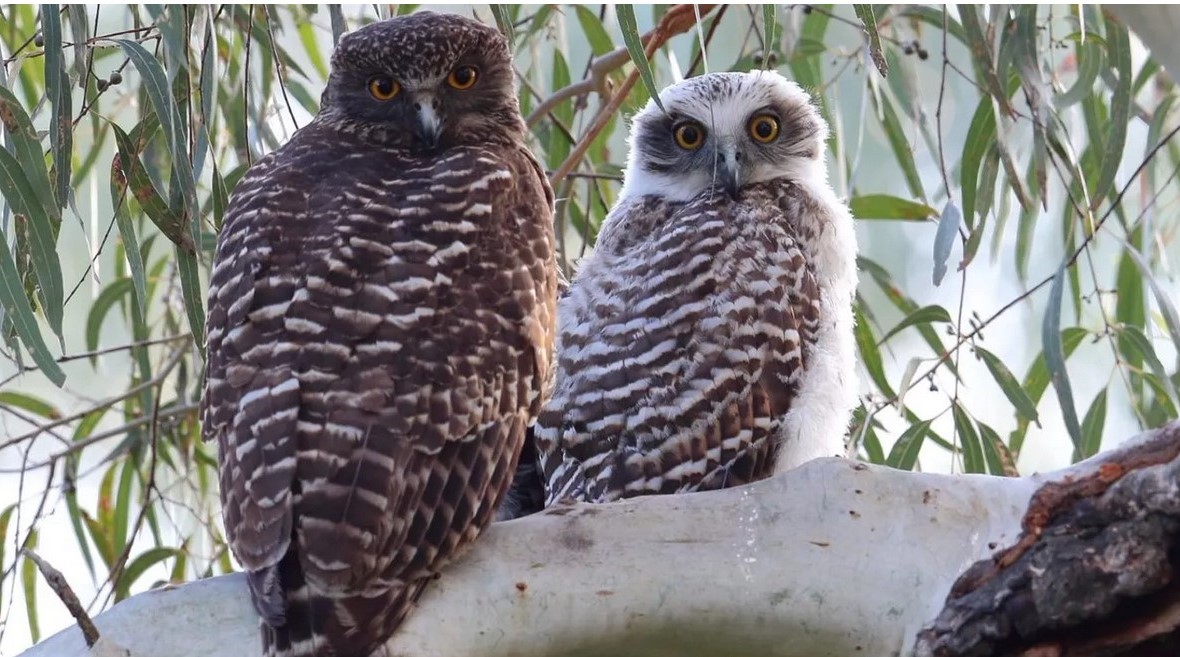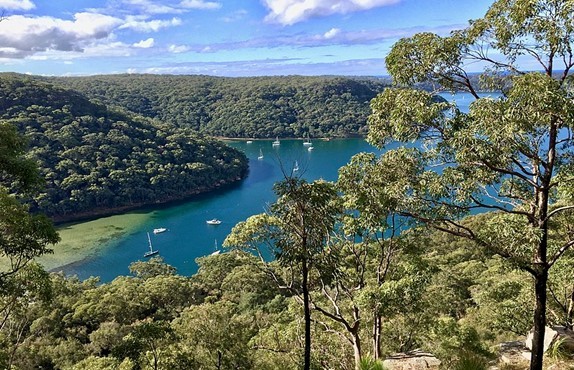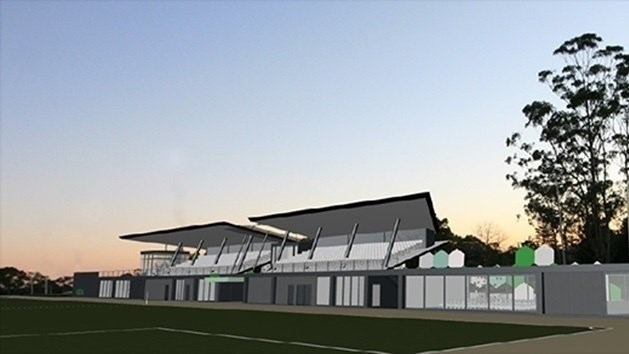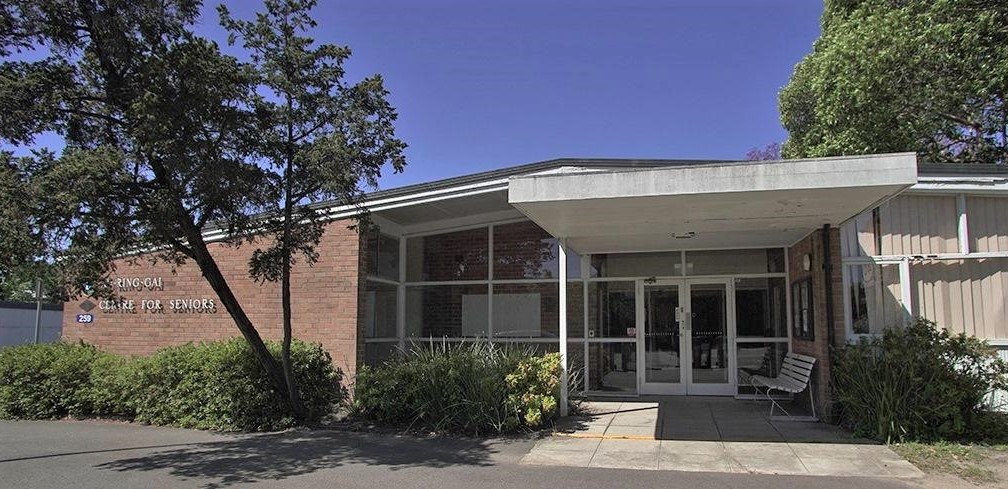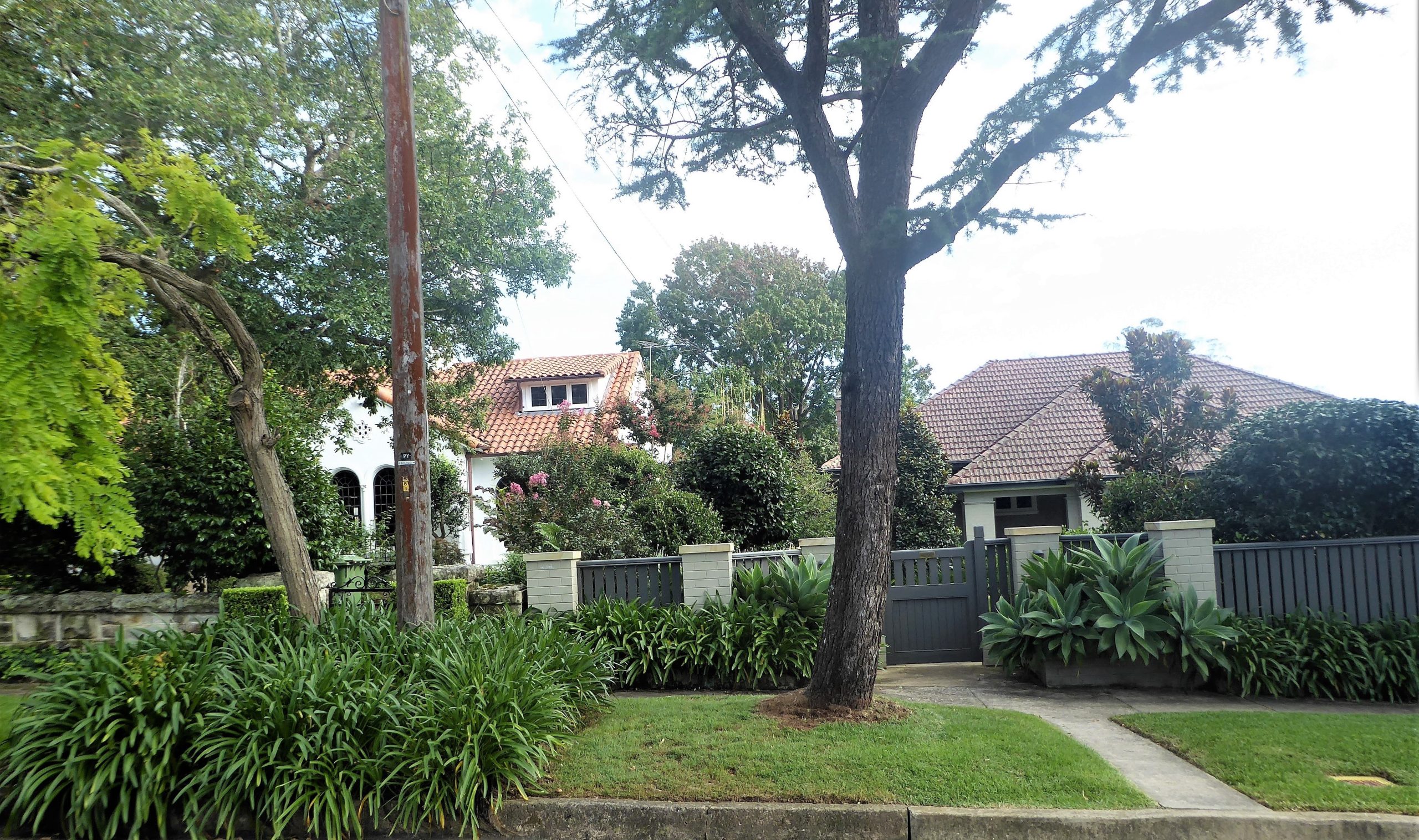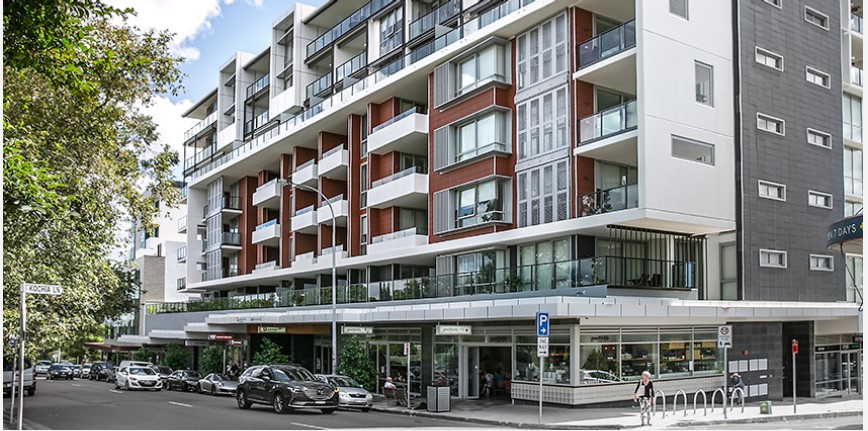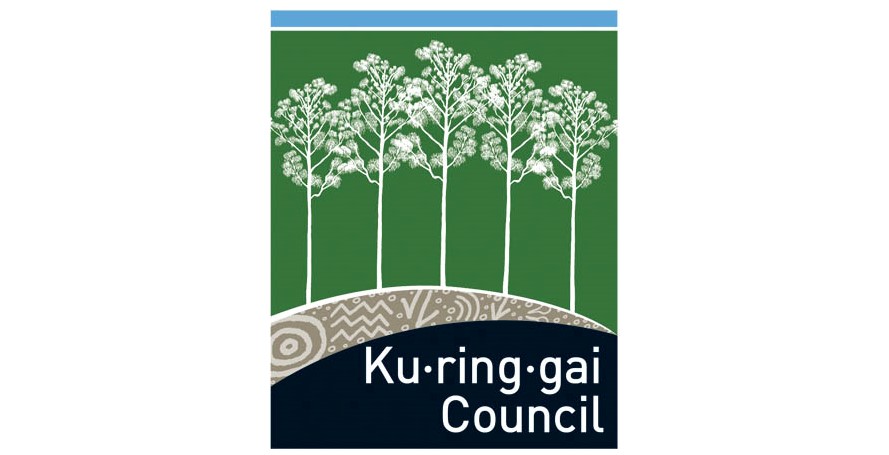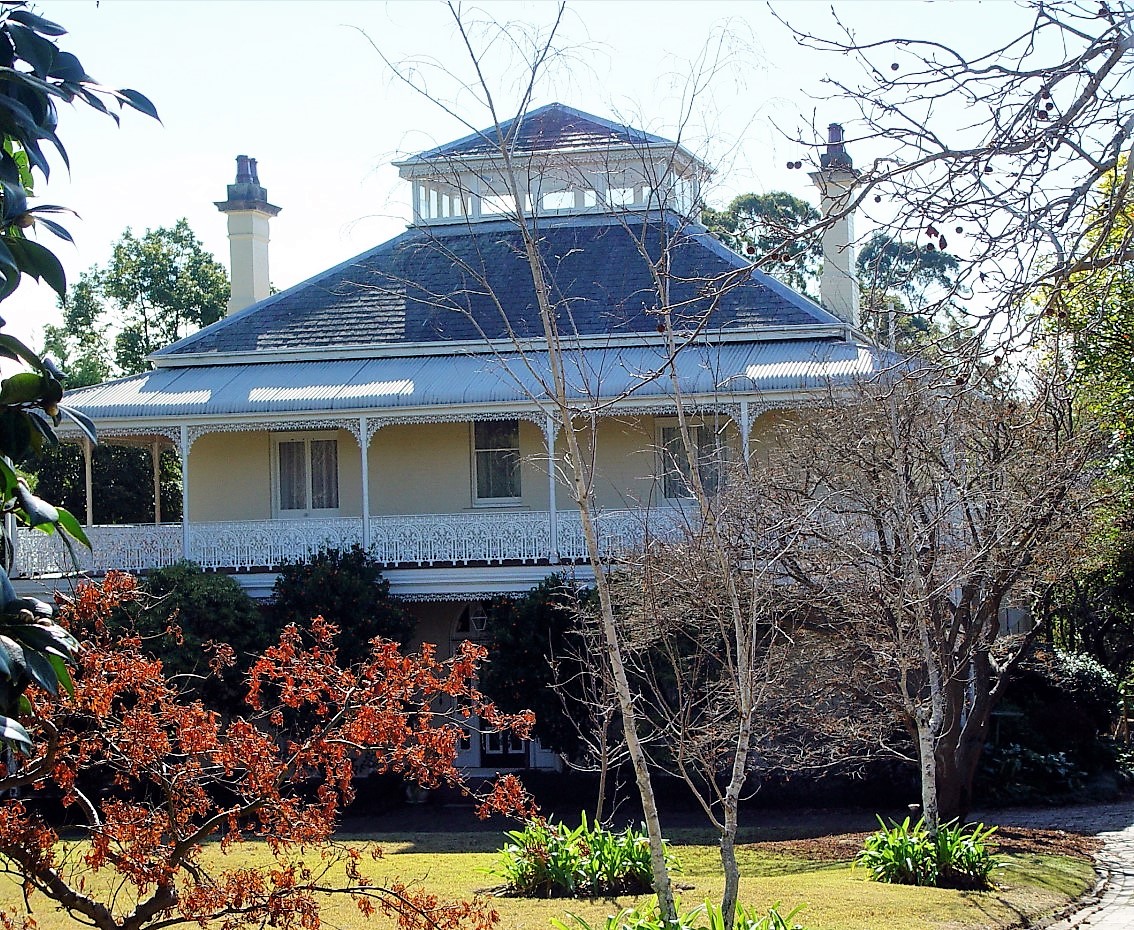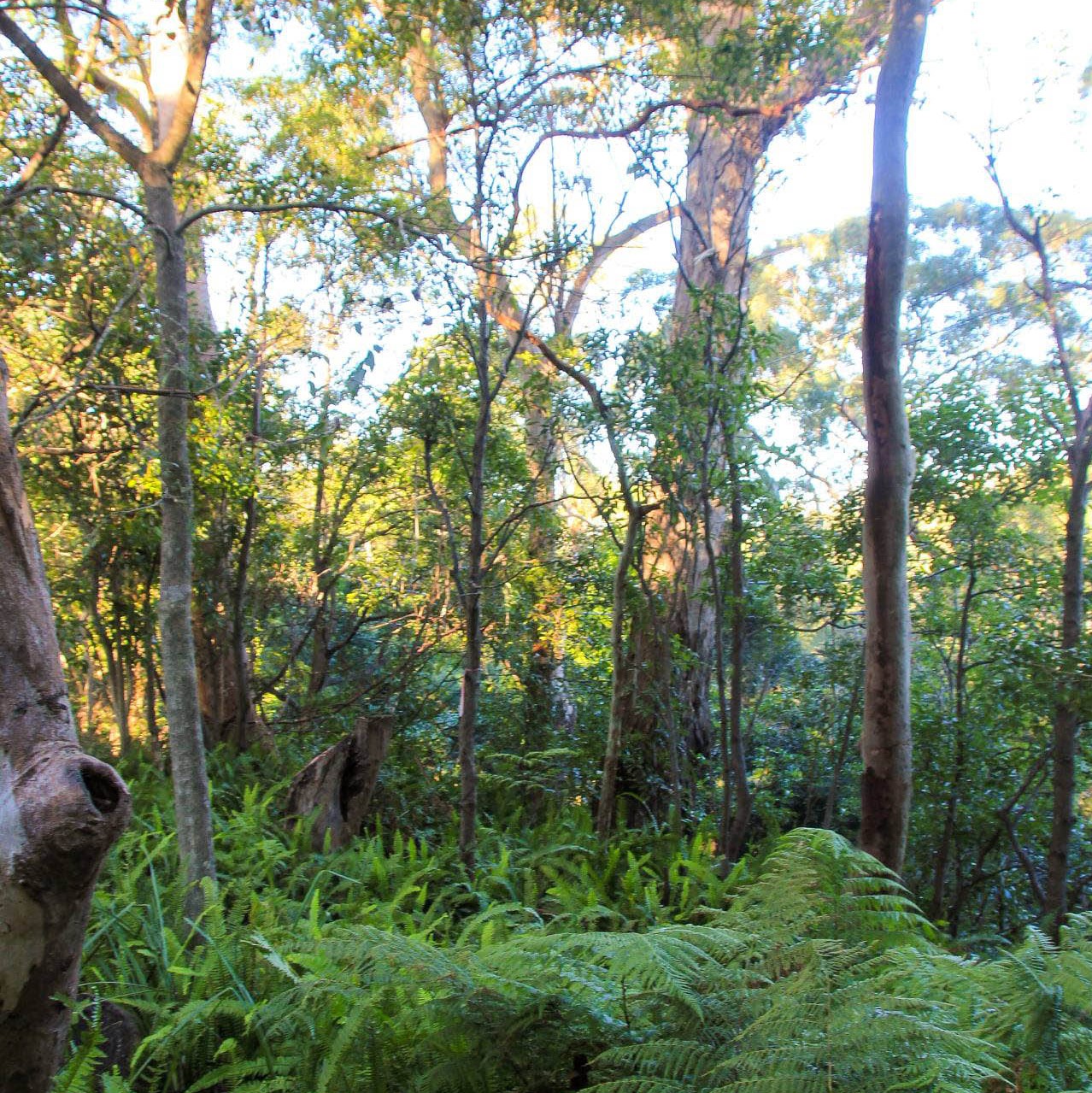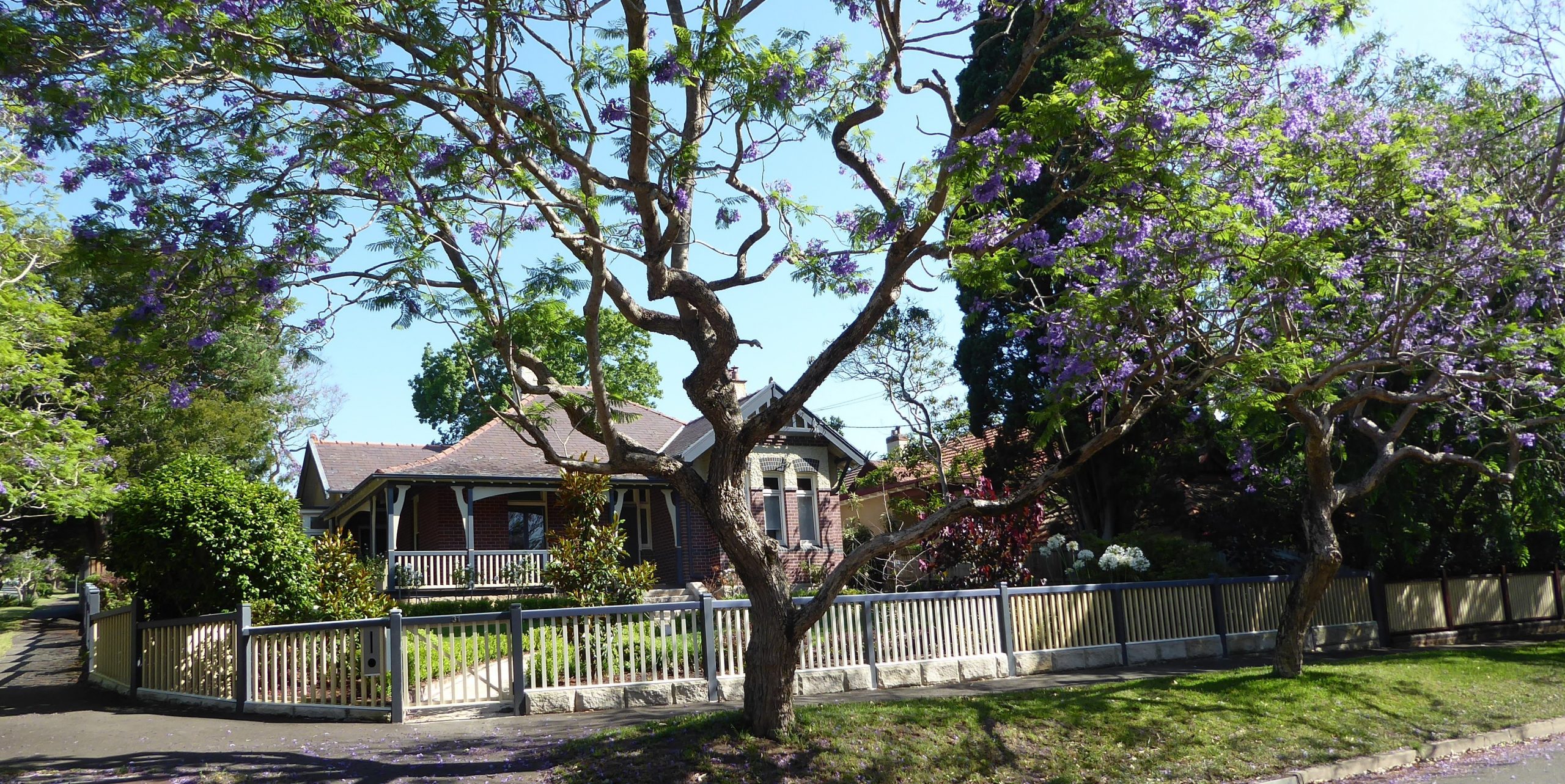Though at first glance the Draft Design & Place State Environment Planning Policy incorporates all the ‘well meaning’ principles of good planning in its introduction, the detail in the objectives will lead to the destruction of the integrity of many suburbs, including Ku-ring-gai.
The principles espoused in this Draft Policy include delivering beauty and amenity through improved overall design, delivering inviting public spaces, improved sustainability and greener spaces for well-being and improved resilience to climate change.
However, the objectives in the Urban Design Guide highlight that the true purpose of this Policy is increased density across NSW, especially targeting current R2 low density residential areas.
Objective 3 aims to build ‘Compact and diverse neighbourhoods’. Critically this is to be met by targeting density levels of 30 dwellings per hectare within a 5 minute walk to neighbourhood shops and centres. The minimum density of 15 dwellings per hectare is targeted everywhere else. In areas of greater intensity or where there are excellent active and public transport networks, development should aim for a minimum density of 30 dwellings per hectare across the entire walkable neighbourhood.
The reasoning that these minimum residential targets will guarantee a more vibrant urban area has absolutely no foundation.
Objective 3 effectively ignores current LEP’s, environmental and heritage considerations and will impose a blanket density over the entire municipality that will extinguish any individual characteristics.
This objective overrides the local Council zoning plans and will destroy the character of established suburbs and LGAs, such as Ku-ring-gai. High and medium density should not be allowed within R2 Low Density Residential areas. This is completely contradictory to Objective 16 which calls for the retention of existing built heritage, landscape and other unique features, including reinstatement of historical street patterns where possible.
Within Objective 15 is the damaging recommendation to override any current zoning and reduce detached dwellings to only 30% in areas where the number of dwellings per hectare is currently 15 dwellings or greater!
The use of the term ‘compact neighbourhoods’ as a preferred outcome litters the document as the preferred planning outcome.
We believe this is another assault by the current State Government on the current character of existing suburbs and puts increased density as the key aim of this Policy. It is apparent that this policy is not about better design and quality sense of place, it is about providing developers and the property industry with greater options for increasing density in our suburbs.
In terms of the Apartment Design Guide, there appear to be few mandated minimum standards, with developers able to freely depart from the recommended provisions with the use of offsets and alternative designs.
Another area lagging behind the rhetoric is the engagement with the community as a key stakeholder in any design plans during the full process, not just in the initial information gathering phase.
FOKE does not believe that this Policy will assist in building community trust in an already flawed planning system and has made a submission to this effect.
The submission period closed on 28th February. However, it would be worthwhile to contact or email your local MP to let them know you are concerned about the impact of this Policy unless significantly altered to address these concerns. You can find the documents at Design and Place SEPP.
